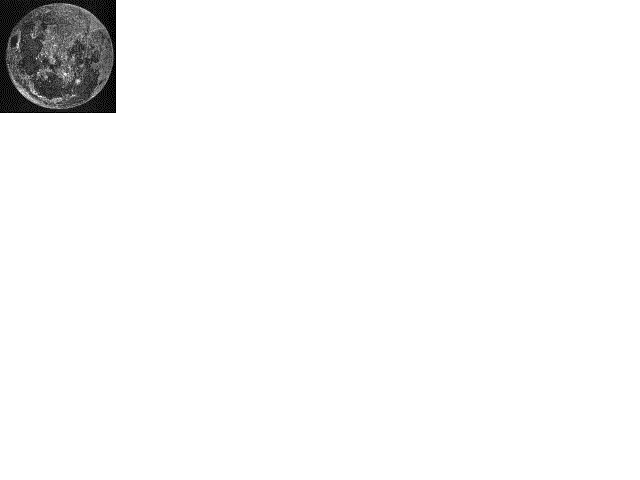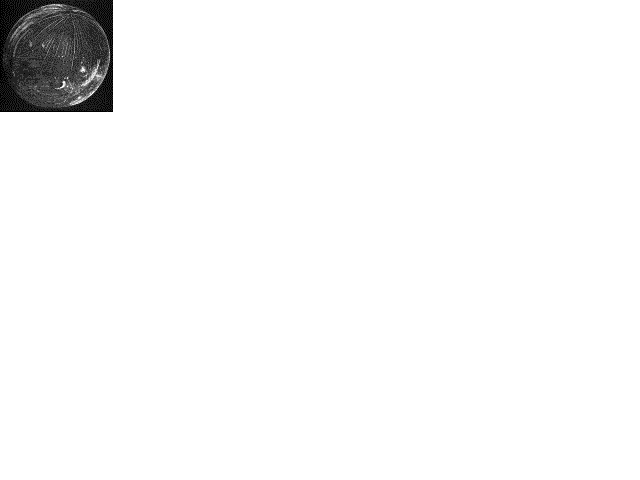seen them on three or four occasions, when their substantial reality can no longer be doubted."[note: Let me give another letter from my friend, dated the Observatory, Cranford, Middlesex, October 26, 1864. He said:- "I am quite pleased to learn that you like the large photograph. The first given to my friend was destined for and sent to you. No one has so great a claim on the fruit of my labours; for you inoculated me with the love of star-gazing, and gave me invaluable aid and advice in figuring specula. I daresay you may remember the first occasion on which I saw a reflecting telescope, which was then being tried on the sun in a pattern loft at Patricroft. You may also recall the volumes you wrote in answer to my troublesome questions.
- Yours very sincerely WARREN DE LA RUE."]
Sir John Herschel confirmed this information in a letter which I received from him in the following May. He said "that Mr. De la Rue and a foreign gentleman, Hugo Müller, had been very successful in seeing and delineating the 'willow leaves' They are represented by Mr. M. as packed together on the edge of a spot, and appear rather like a bunch of bristles or thorns. In other respects the individual forms agree very well with your delineations." Another observer had discovered a marvellous resemblance between the solar spots and the hollows left by the breaking and subsidence of bubbles, which rise when oil varnish, which has moisture in it, is boiled, and the streaky channels are left by the retiring liquid. "I cannot help," adds Sir John, "fancying a bare possibility of some upward outbreak, followed by a retreat of some gaseous matter, or some dilated portion of the general atmosphere struggling upwards, and at the same time expanding outwards. I can conceive of an up-surge of some highly compressed matter, which relieved of pressure, will dilate laterally and upwards to an enormous extent (as Poullett Scrope supposes of his lavas full of compressed gases and steam), producing the spots, and, in that case, the furrows might equally well arise in the origination as in the closing in of a spot."
I had the honour and happiness of receiving a visit from Sir John Herschel at my house at Hammerfield in the summer of 1864. He was accompanied by his daughter. They spent several days with us. The weather was most enjoyable. I had much conversation with Sir John as to the Sun spots and willow- leaf-shaped objects on the Sun's surface, as well as about my drawings of the Moon. I exhibited to him my apparatus for obtaining sound castings of specula for reflecting telescopes. I compounded the alloy, melted it, and cast a 10-inch speculum on my peculiar common-sense system. I introduced the molten alloy, chilled it in a metal mould, by which every chance of flaws and imperfections is obviated. I also showed him the action and results of my machine, by which I obtained the most exquisite polish and figure for the speculum. Sir John was in the highest degree cognisant of the importance of these details, as contributing to the final excellent result. It was therefore with great pleasure that I could exhibit these practical details before so competent a judge.
We had a great set-to one day in blowing iridescent soap bubbles from a mixture of soap and glycerine. Some of the bubbles were of about fifteen inches diameter. By carefully covering them with a bell glass, we kept them for about thirty-six hours, while they went through their changes of brilliant colour, ending in deep blue. I contrived this method of preserving them by placing a dish of water below, within the covering bell glass, by means of which the dampness of the air prevented evaporation of the bubble. This dodge of mine vastly delighted Sir John, as it allowed him to watch the exquisite series of iridescent tints at his tranquil leisure.
 From a photograph of the Moon, exhibiting the bright radial lines.
From a photograph of the Moon, exhibiting the bright radial lines.  Glass globe cracked by internal pressure, in illustration of the cause of the bright radial lines seen on
the moon.
Glass globe cracked by internal pressure, in illustration of the cause of the bright radial lines seen on
the moon.
I had also the pleasure of showing him my experiment of cracking a glass globe filled with water and hermetically sealed. The water was then slightly expanded, on which the glass cracked. This was my method of explaining the nature of the action which, at some previous period of the cosmical history of the Moon, had produced those bright radiating lines that diverge from the lunar volcanic craters. Sir John expressed his delight at witnessing my practical illustration of this hitherto unexplained subject, and he considered it quite conclusive. I also produced my enlarged drawings of the Moon's surface, which I
| Previous chapter/page | Back | Home | Email this | Search | Discuss | Bookmark | Next chapter/page |